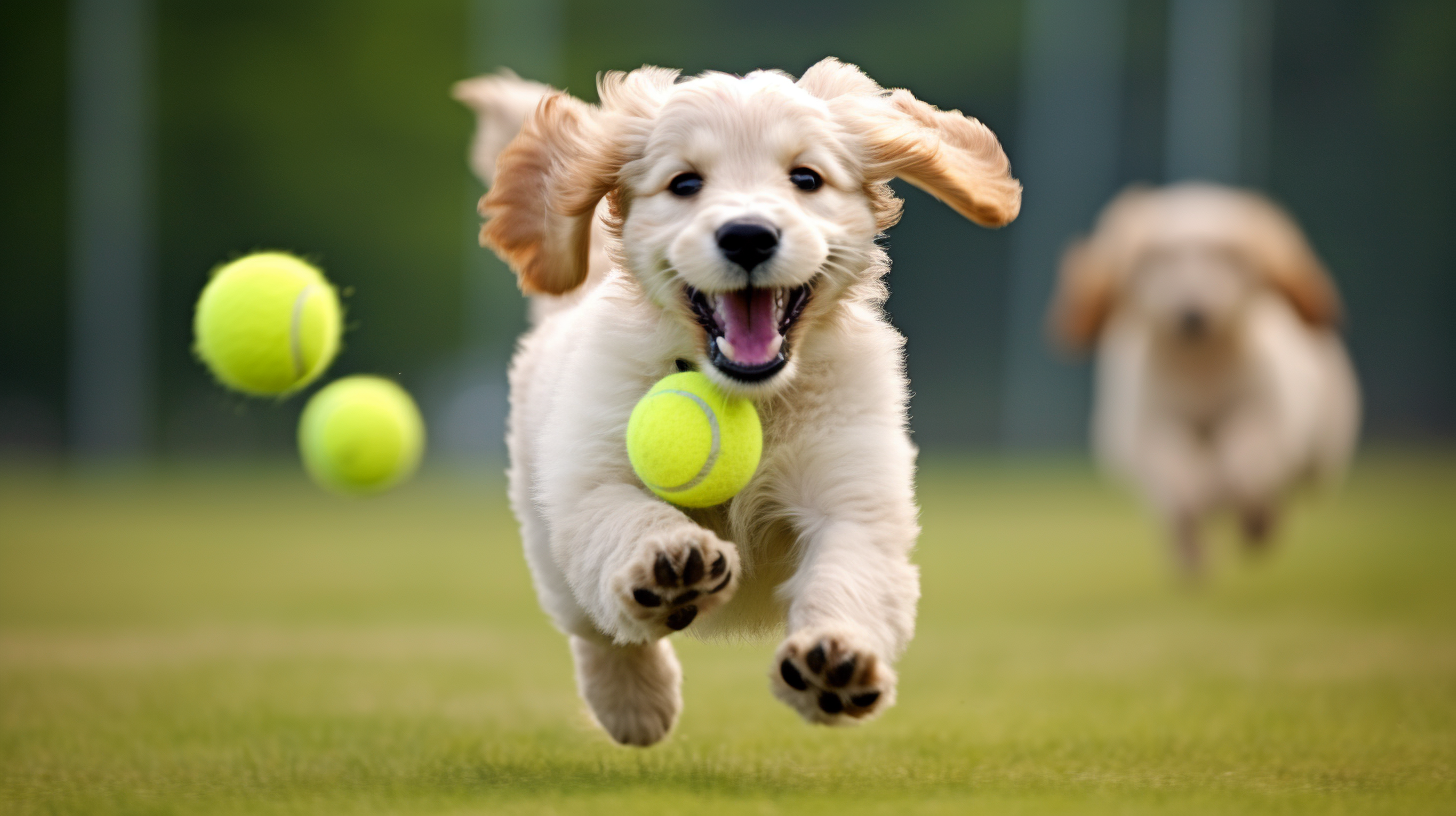In the vibrant world of the Canine Republic, where the clatter of keyboards is more likely to be accompanied by the clicking of claws, dog sports have emerged not just as a pastime, but as a personality-shaping phenomenon. The recent surge in organized sports for our four-legged citizens has created much tail-wagging excitement and brought to light the profound effects these activities have on canine character and comportment.
The adrenaline-charged atmosphere at the annual Barklympic Games, the premier sporting event of our republic, is enough to make any tail untuck and wag with anticipation. The games, which feature a variety of sports ranging from frisbee-fetching freestyles to the high-intensity track races, are more than just displays of physical prowess and competitive spirit; they are platforms that showcase the evolving dynamics of dog sport culture.
Let’s unleash the meaning behind this cultural movement. For starters, dog sports have significantly altered the social hierarchy within parks and recreational areas. The recognition of athletic potential in pups of all breeds has created a more inclusive environment, sending the message that every dog has its day—on the field, at least. What was once the playground of the liked of Greyhounds and Border Collies, is now seeing a diverse group of breeds from Bulldogs to Beagles sprinting towards sporting glory.
Dog sports also offer an extraordinary outlet for excess energy, shaping more balanced and focused canine psyches. As trainers and behavioral experts in the Canine Republic note, regular participation in activities like agility courses or dock diving appears to foster a sense of purpose and well-being in participating pups. “There’s an unmistakeable shine in the fur of a dog who’s found their calling in a weave pole or retrieval task,” shared one canine psychologist.
The influence of dog sports extends into fashion and technology too. The latest ‘SportyPaw’ wearables are helping to track athletic performance with precision, while athletic gear has attained a level of style and sophistication that rivals the flair of human sports attire. “It’s not just about being the fastest or the most agile anymore,” commented a Fashion Furward designer, “it’s about looking good while doing it.”
Still, not all members of the Canine Republic are eager to don jerseys and chase after glory. There has been a spirited debate in Barkliament about the necessity of balancing athletic pursuits with intellectual growth. As one distinguished elder from the Council of Sages put it, “While we appreciate the verve these sports bring, it’s crucial to cultivate the mind as vigorously as we exercise the body.”
The heartwarming tales of camaraderie and self-discovery that emerge from these dog sports are plentiful. There’s the story of Maximutt, the underdog Shih Tzu who amazed the nation by conquering the large dog obstacle course, thus becoming a barkonic figure for perseverance. Then there’s the dynamic duo of fetch partners, a Pomeranian and a Mastiff, breaking the stereotype that size must determine play style.
As the sun sets on the stadium, and the pawsteps of our athletes fade into the evening air, it’s clear that the integration of sports into the Canine Republic has reached beyond the fields and courts. These euphoric activities are molding the minds, attitudes, and even the aspirations of dogs young and old. Whether they’re chasing balls or dreams, the dogs of the Canine Republic are finding their place in a society that values strength of character as much as it does strength of legs.
Will the influence of dog sports continue to shape the future of our pups? It’s a story that’s still being written, one pawprint at a time. And as we ready ourselves for the upcoming Barklympic season, it’s worth pondering just how deep the tracks left by our furry athletes will run in the sands of our shared history.
